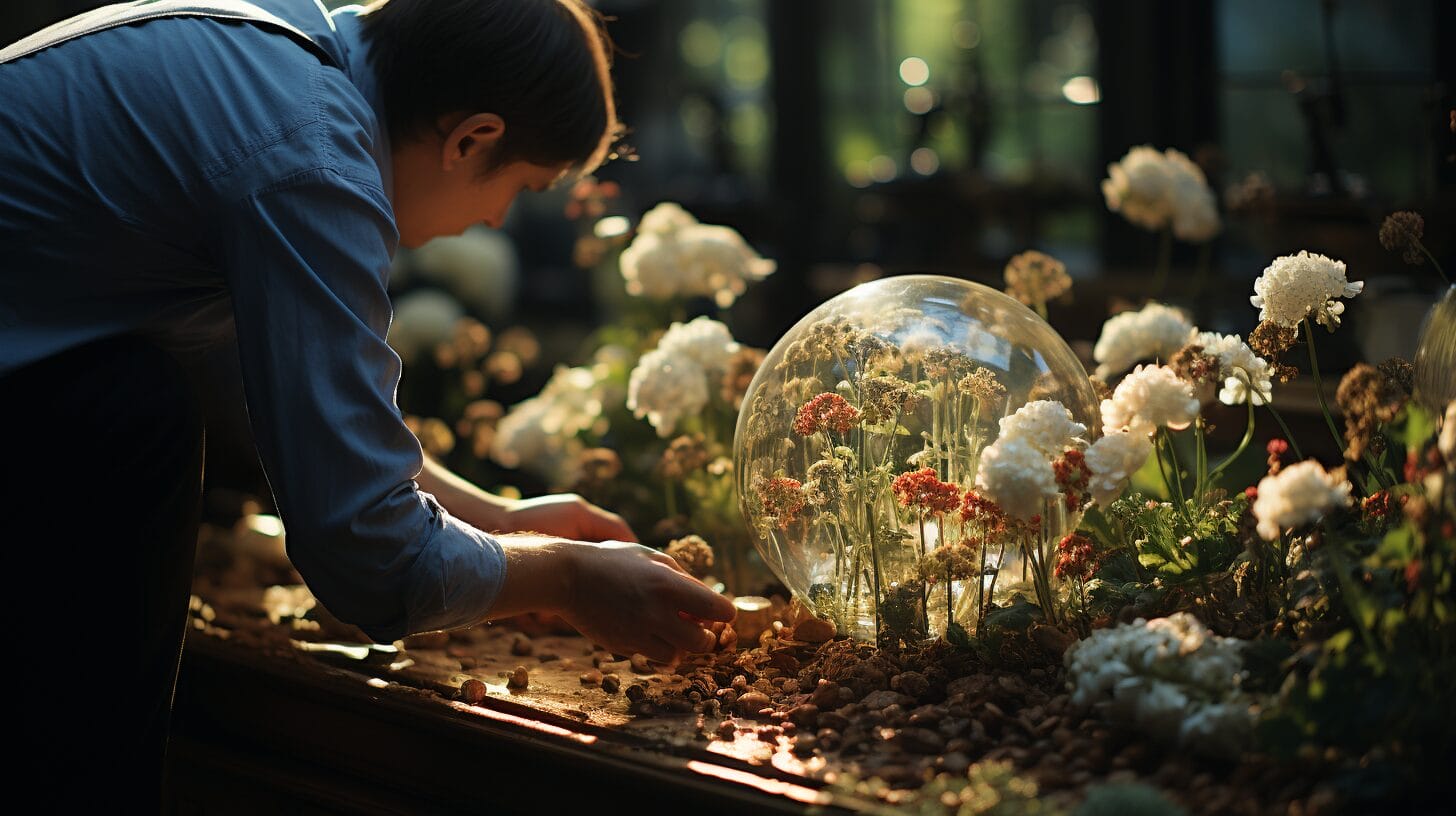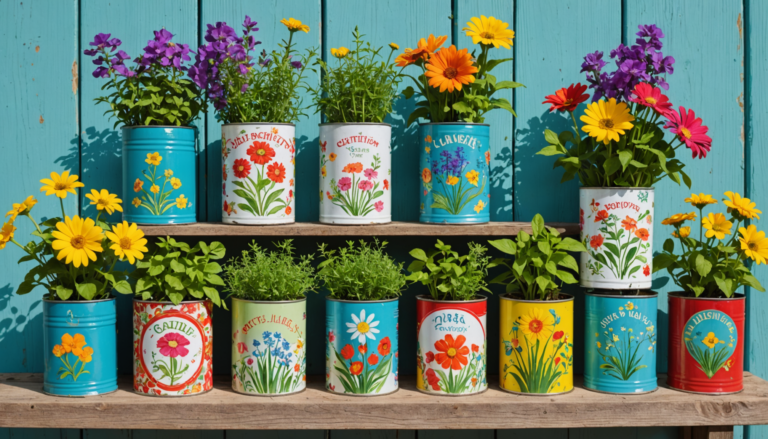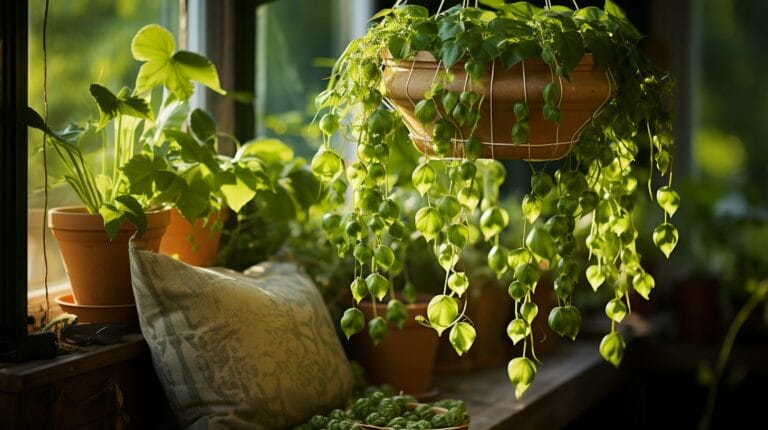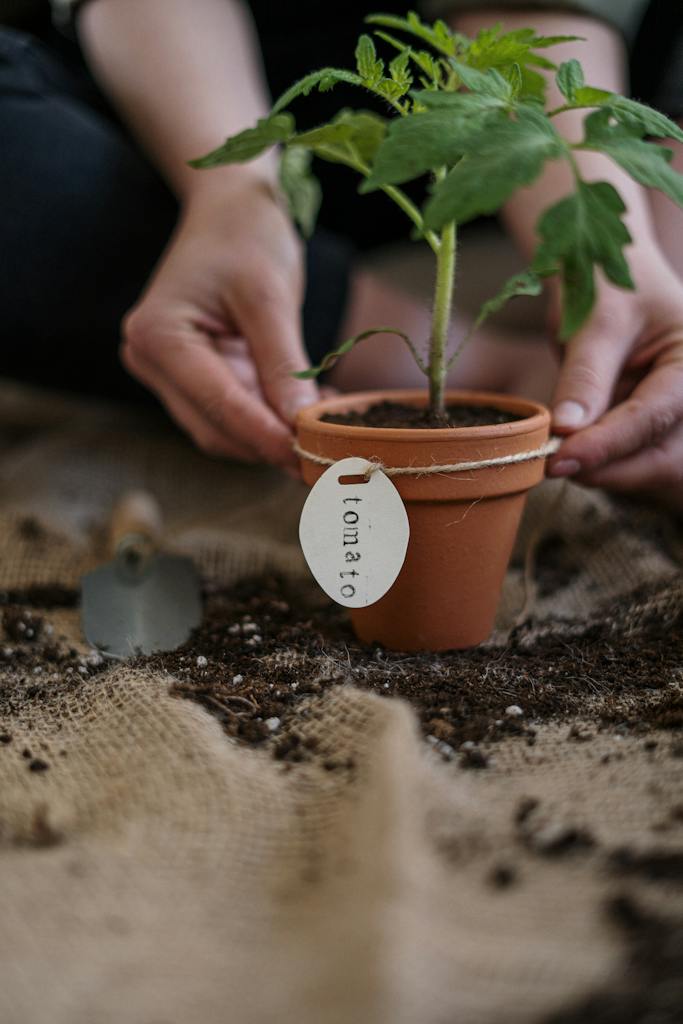As experienced caretakers of our garden areas, we recognize the significance of proper timing in maintaining the vitality of our hydrangeas. We’re thrilled to divulge the nuances that may determine success or hardship when repositioning these captivating bushes, especially when understanding the best moment to relocate hydrangeas.
Selecting the right moment for the move and employing the correct techniques will ensure your hydrangeas continue to captivate with their lush blooms.
Join us as we reveal the factors that will elevate your transplanting experience from a mere garden chore to an act of horticultural finesse.
Key Takeaways
- Transplant hydrangeas during the dormant phase to minimize transplant shock.
- The best seasons for transplanting are early spring or late fall.
- Handle the root ball with care during the transplant process.
- Post-transplant, provide ample water, enrich the soil with compost, and monitor for pests to ensure the health of your hydrangea.
Understanding Hydrangea and the Importance of Correct Transplant Timing
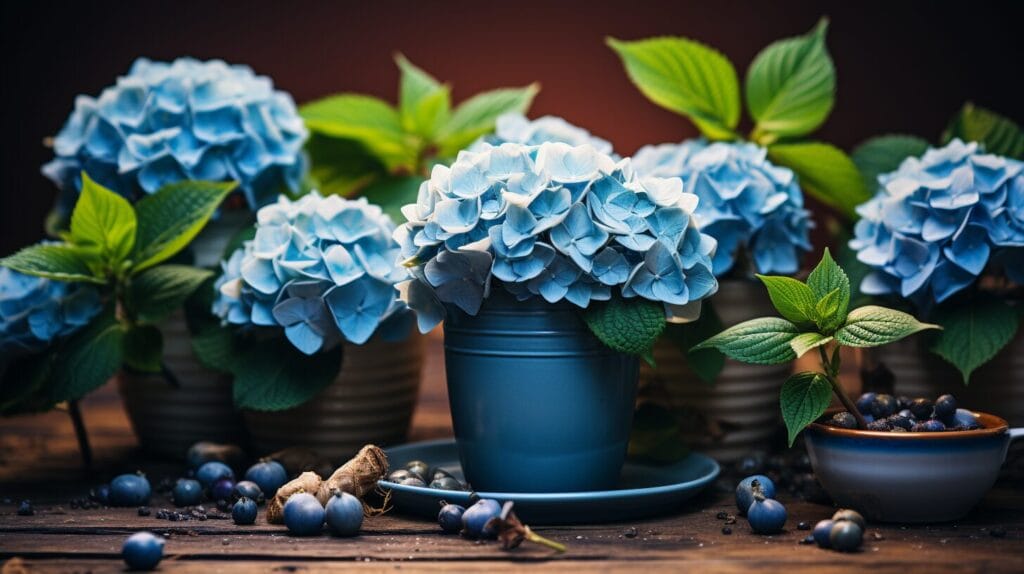
Understanding the diverse world of hydrangeas is crucial, as the timing of their transplant can significantly impact their ability to thrive and bloom. The best period for transplanting is when they’re dormant, usually in late fall or winter. This period is ideal because the plants focus on establishing their root system without the stress of supporting full foliage and blooms.
To mitigate transplant shock, a condition that can lead to leaf drop or even plant death, it’s essential to move them during the dormant phase, just before the growing season begins. This timing allows hydrangeas to recover and root down without the immediate pressure of new growth.
Transplanting during dormancy gives hydrangeas the best chance to recover from the move. With careful handling and adequate watering post-transplant, hydrangeas can rebound and enter the growing season with strength.
The Best Time to Transplant Your Hydrangea: Seasonal Considerations
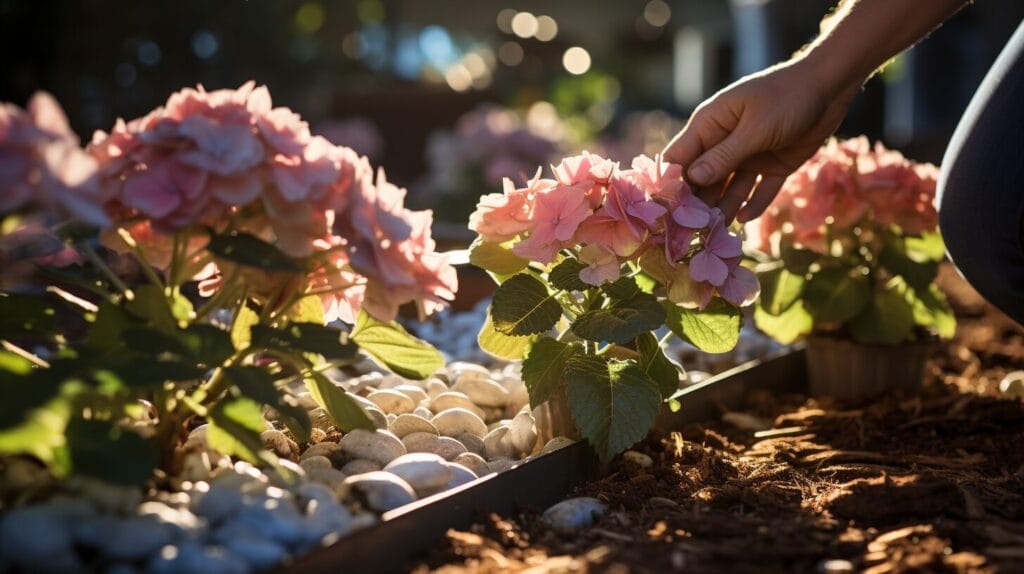
Having established the importance of timing, let’s delve into seasonal considerations that optimize the relocation of these plants. The ideal period falls when the plant is dormant, which minimizes stress and promotes healthy regrowth.
- Early Spring: Just before the growing season, when the hydrangea is still dormant, is an excellent time. The cool temperatures support a smooth transition.
- Fall or Winter: Transplanting after the leaves have dropped in the fall, or before the ground freezes in winter, allows the plant to establish roots without the energy demands of foliage.
- Avoid Extreme Temperatures: Both the summer heat and deep winter cold can excessively stress the plant.
Early spring or fall transplanting offers hydrangeas the best chance to thrive in a new location. The key is ensuring the ground isn’t frozen and the plant is dormant. Once the hydrangea has been successfully transplanted, it’s important to give it proper care to help it establish in its new location. This may include regular watering, mulching, and occasional pruning to encourage healthy growth. Additionally, consider companion planting with other shade-loving plants, such as hostas or astilbe, to create a beautiful and thriving garden bed. When planning the garden, don’t forget to include java fern planting, as these low-maintenance, aquatic plants can add a unique and lush element to your outdoor space.
Step-by-step Guide on How to Transplant a Hydrangea Successfully

Here’s a summarized table of the key steps for transplanting hydrangeas:
| Step | Action | Tip |
|---|---|---|
| 1 | Water the plant | Moist soil aids root ball removal. |
| 2 | Prune the plant | Reduce top growth to alleviate stress. |
| 3 | Dig around the plant | Avoid root ball damage by digging a wide trench. |
| 4 | Lift and move | Use a tarp to protect and transport the root ball. |
Prepare the new site with similar lighting conditions, dig a hole as deep as the root ball and twice as wide, then gently prune the plant.
Pruning Hydrangeas Before Transplantation: Essential Tips for Gardeners

Pruning hydrangeas before transplantation is a thoughtful process that focuses the plant’s energy on establishing a strong root system in its new home.
- Remove dead or diseased wood to prevent disease spread.
- Thin out the oldest stems to encourage new growth and improve air circulation.
- Shorten long stems to balance the top growth with the root ball.
Avoid over-pruning, and after cutting back, carefully dig around and lift the hydrangea, preserving the root ball.
Maintaining Your Transplanted Hydrangea: From Blooming to Long-term Care

After transplanting, enrich the soil with compost, apply mulch around the base, and provide consistent irrigation. Use hydrangea-formulated fertilizer and monitor for pests and diseases. Prune dead wood and shape the plant to improve health and appearance.
Is the Best Time to Transplant Hydrangeas Similar to Transplanting Emerald Cedar Trees?
The best time for transplanting emerald cedar is similar to transplanting hydrangeas, as both plants prefer to be moved during their dormant period. For both, late fall or early spring is ideal to minimize shock and give them time to establish their root systems before the growing season.
Conclusion
We’ve guided you through the critical steps from the perfect transplant timing to attentive care post-move. Gentle handling and diligent aftercare are key to successful hydrangea transplantation.
By following our guide, your garden will be graced with robust, blooming hydrangeas. Now, grab your gardening gloves and prepare for a flourishing season ahead!
Frequently Asked Questions
When to Transplant Hydrangeas During the summer?
The ideal time is late August or early September, allowing them to establish before dormancy and cold weather.
When Can You Move Hydrangeas in the UK?
In the UK, late August to early September is suitable, with warm soil and regular rainfall facilitating establishment before winter frost.
Why Is My Hydrangea Wilting After Transplant?
Wilting can occur due to transplant stress, disturbed roots, or environmental changes. Ensure proper watering and care during recovery.
Are Hydrangeas Best in Pots or the Ground?
Hydrangeas thrive in the ground with more room for root expansion but can do well in pots with proper care.

